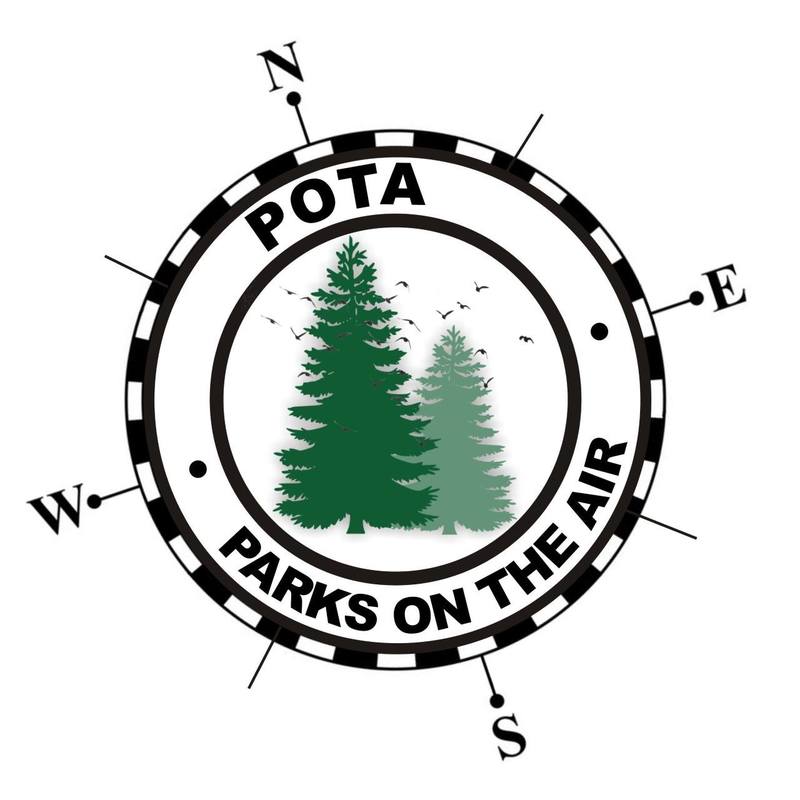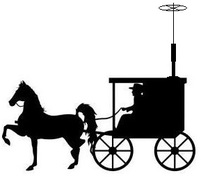|
In one of my recent posts (the one about my attic antenna) I mentioned my tendency to feel obligated to give things a try, especially if someone has advised me otherwise. I don't know if its just stubbornness, or if its the desire to see it for myself, but it does seem to be how I roll. Well, I've gone and done it again - this time with a portable antenna. If you know me at all, or if you've read other posts of mine, you're probably aware of my affinity for portable operations. My love of portable ops has introduced me to a great group of individuals, some of whom I volunteer with to help support Parks on the Air. The group of "tech admin" that work together to support the website, database, etc. for POTA meet virtually once a week to go over whatever things we need to, in order to support the effort. Because we're all hams, we often end up just "rag-chewing" a bit after we cover the "business" end of the call. During one of these chats, I happened to mention that I was disassembling a washer that had just gone bad so I could recycle the metal, and in the process, I ended up with this bit from a transformer: I joked with the team that I should unwind it and make antennas, seeing as there must be hundreds, if not thousands, of feet of this tiny enameled wire wrapped around it. One of the guys - Thom, W8TAM, suggested that it probably wouldn't work out that well, being so small and a solid wire. He's probably right - I can't imagine how many times this skinny, solid, wire could be flexed, kinked, etc. before breaking, but the trap was set. He inadvertently set me on a mission of "well now I have to find out....." So, now I have this: It's nothing fancy - just a random-wire end-fed with a counterpoise. The counterpoise I lay on the ground, and I think I cut it around 33ish feet or so. The antenna element (the one marked with the red tape) is cut at around 70 feet. Inside the box is a little 9:1 unun that I build a while back (I wrote about it here.) With my portable setup, I can tune this on pretty much any of the bands between 10 and 80 meters. Now that it's built, the interesting bit will be to see how many times it can survive being deployed and repacked - so far I'm up to 3. But hey, even it only lasts for half a dozen deployments, I've got a whole pile of it that I can just keep unwinding more from as it breaks :-)
0 Comments
An unfortunate disease, that I don't think is unique to ham radio, is "knowitallitis." This all-to-common disease is the direct result of spending more time reading about a topic than actually practicing it. The symptoms are quite obvious when you know what to look for - the most common is making comments on Facebook and QRZ, in a rude or indignant manner, about how "(insert subject) will (never/always) do what you (expect/don't expect) and I know it because I read the information at (insert random hyperlink here.) One of the subjects in ham radio that commonly falls into this category is attic antennas. Quite often we see questions or hear comments on these antennas, and it seems like the ham radio internet trolls show up in droves to offer their commentary, many of which I suspect are not speaking from personal experience, but rather from the aforementioned disease of "knowitallitis." Whenever I have seen these debates I have just quietly lurked in the background and watched the fray. Moving forward however, this will no longer be the case, because I can now speak from personal experience! So, what were my reasons for putting up an attic antenna? 1) Mostly, I wanted to see, first hand, what the hype/anti-hype was all about 2) I had some wire scraps that I could solder together to make longer runs, but didn't want to rely on pieced together wire to hold up outdoors 3) I thought it would probably be quick to throw it up there, vs. getting stuff tossed into trees (I was way off on this!) while I continue building out my shack and antenna farm What I ended up putting in the attic was a fan dipole for 40 / 20 / 15 / 10, with a 1:1 balun at the feedpoint. The ends of the 40 had to wrap around the perimeter of the attic a bit to fit, so the 40 meter element is almost like a folded dipole of sorts. Regardless, there are numerous articles in the ham-sphere about building a fan dipole, so I won't go into that - I really just want to share some bullet points with my thoughts on an attic antenna, now that I can speak from first hand experience:
So, with all that, here's the real question - would I do it again now that I have first-hand experience?
Nope. Its not that the antenna is bad, its just that it isn't great, and getting it installed in the attic was a genuine pain. Considering I have no antenna restrictions and plenty of trees in my yard, the effort to get this thing put in the attic was completely ridiculous. If you have restrictions that force you into the attic, go for it, but if you can put your antenna anywhere else, try that first - but than again, if you're like me, you've already completely disregarded this entire post, and decided to try it just to learn it first hand... Post Contains Affiliate Links 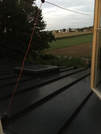 My temporary random-wire antenna and 9:1 unun have already been taken out of service. Cheer up though - they are out of service because I was so pleased with how they were working, I decided to make a more permanent version! I built my permanent version of the 9:1 unun into a 4" x 4" exterior enclosure. As for construction techniques there was very little difference in the method I used for this one, compared to what I did for my smaller, portable version. The most obvious difference was the weatherproof box, and the addition of a large eye bolt in the "top" of the box. Other than these obvious difference, there were a couple other things that I did with this one:
So just like that I had a new, more rugged, weatherproof 9:1 unun. This meant that it was time to make another trip to the roof. The way our addition was built, when standing on the kitchen roof, you are at the gable end of the of the house, behind the garage. This gave me a fairly easy place to mount the unun at the end of the eve. This spot works out very well, because it is easy to feed the unun from the temporary shack in the master bedroom closet, and when I eventually finish the basement shack, I'll be able to drop a run of coax straight down the corner of the house, to the entrance panel for the shack. The pictures tell you pretty much everything you need to know, but I'll give some of the highlights of the mounting on the house end. The box was mounted using exterior screws. I put a small dollop of silicon at each spot I was going to be running a screw in, to help seal out the weather. The large eye bolt became the mounting point for the "house end" of the antenna. I used a heavy duty screen-door spring and a couple of carabiners between the eye bolt and the fence insulator holding the end of the antenna. I also left enough of a service-loop between the insulator and the unun so that the spring could stretch fully. For the counterpoise side, I ran a solid 14 gauge wire from the unun down to the metal roof below. Now I'm sure there are some "bigger is better" folks out there who might ask why I didn't use heavier hardware, use a lag screw into the house instead of the eye bolt in the box, etc. My choice in hardware was actually very deliberate. I chose sizes that would hold everything firmly, but would also be the weak-point in the event of any type of failure. With this arrangement, should the worst happen, the plastic box or one of the connectors should break and let everything drop, instead of pulling parts off my house! At the other end, I also replaced the mason's line that was temporarily holding the antenna in the tree. My first step was to use the mason's line that was in place to haul up a proper rope. Again, because the other end is attached to my house, I didn't use the heavy duty rope that many people usually use - I used a relatively lightweight 250 lb rope. I also ran an eye-screw into the tree at the back corner, about 10' off the ground. Since I have kiddos running around out back, I wanted the end to be up high enough that they couldn't reach it by standing on any of their toys, but low enough that I could reach it with a step ladder. This was also another spot where I gave the antenna just a little bit of wiggle room. With the antenna at full height I put a loop in the rope about 2 feet from where the eye screw was. I then used a bungee between this loop and the eye screw. If (when) the bungee eventually gives in to the outdoors, I also made a clove-hitch with the end of the rope so that if (when) the bungee snaps, the antenna will only drop a couple of feet. I might eventually put a screen-door spring at this end too, but for now, this will work just fine! So there it is - same wire in the air, but more robustly installed, since I've decided to keep it around for a while!  One last thing before I go - please sign up for my mailing list so you can be among the first to know when I've written a new post! I appreciate everyone that reads my blog regularly, so I'd like to return the favor by giving you the first shot at everything new that gets posted! Bye for now!
Post contains affiliate links.
Within the last several days I shared the little 9:1 unun that I made for myself - if you missed it you can check it out here. This evening (well, that is the evening I started writing this - who knows when I'll finish and publish it!) I used the little unun to put some wire in the air.
I had a spool of left over cable from extending my fire alarm system into our addition when we did that project, so I cut off a length of it for my random wire. There are actually a couple neat resources available for knowing what lengths of "random" wire are likely to work best, but I used the info available here and decided to cut my wire at about 36 feet, to use on 40 - 6 meters.
I actually soldered all the wires in the twisted shielded pair together at the ring terminal, so really the shield of the cable is probably doing most of the RF work. Anyway, after I cut it and put a connector on, I hooked one end to my fence out front, and connected the other end to my unun. Without connecting a counterpoise or ground I scanned from 0 - 30 Mhz with my Rig Expert AA-54 to make sure I was in the ballpark.
The scale of this graph isn't great, because it tops out at an swr of 5:1, but in the amateur bands, everything above that was at least under 12:1 or so. I figured that once it was in the air, it would probably still be in line with something my tuner could handle, so I started working on getting the wire up.
Anyway, I ended up finding a little plastic bottle (my YL says it was from bouillon) so I filled it with gravel, tied one end of the string around it, and threw it like it was going out of style (and got it on the first try!)
Those of you that read my first post on the topic may recall that my intention with this little 9:1 unun and random wire was to use the metal roof of our addition as that counterpoise. Rather than try to figure out a way to mount the unun, and then add a way to connect a jumper wire from the unun's ground side to the roof, I came up with something to kill both birds with one stone.
At the top of the metal roof, there is a lip that covers the roof-to-wall connection. I drilled a small hole in the edge of this (in a spot that any water running through the hole, would just land on the metal underneath, and run down the roof.) It was then simply a matter of sticking the counterpoise lug through the hole, and spinning the wing-nut on from the bottom (I used a star washer on the bottom to make sure I pierced the paint and got onto the bare metal.) This accomplished the job of holding the unun in place, AND making my connection to my giant counterpoise! When I take it down I can always caulk the hole if I really feel its necessary.
I'm not too worried about wind, trees, etc. pulling on the wire, because mason's string is not strong stuff - at a moments protest it will just snap, letting the wire drop with no harm to the roof or house, so no worries there! In order to give it a little wiggle room however, so it wouldn't snap in a light breeze, I didn't tie the other end off - I just used a super high-tech counter-weighting arrangement: Remember when Costco sold Scoop Away cat litter in buckets? That was great for two reasons - afterwards you had a useful bucket AND the buckets were a recyclable plastic. Now their litter comes in plastic bags that are much less recyclable. Boo on you Scoop away! Anyway, in the bucket is half a brick to give it some weight. In a prior life I had drilled holes in the bottom of this particular bucket, so it won't hold water and get funky!
With the wire in the air, this was the new view out of the window at my temporary operating position:
When I first put the antenna analyzer on this however, things didn't look so hot - some of the bands were so out of wack that my little LDG YT-100 tuner wasn't going to have a hope of tuning it. I made a wild guess that because of the angle, with the metal roof directly under, I was getting some unexpected interaction between my radiating element and counterpoise. To address that, I went to another standby in the temporary antenna arsenal - bungee cord.
This gave enough separation that the SWR curve across my targeted portion of the HF spectrum looked like something my tuner would handle! 40 meters was the worst at 8:1, but that's still tune-able. Because I only have about 3 feet of feed-line from here to the back of the rig, I'm not too concerned about feed-line loss :-) So how does it work? It's hard to say from just a few contacts, but I managed to catch a couple of fellow WWFFers on 40 meters (both CW and Phone) and I hopped around all the bands between 40 and 6 to make sure it would tune up. What I can say for sure, is that it "works" and I will be able to be on the air more reliably from home from my new temporary shack (in the corner of a closet), while I finish up the basement shack project!
A Quick Update!
Less than 24 hours after publishing this post, I changed the antenna :-) I was in the back yard working this morning, and it dawned on my that I really underestimated the distance from my house to the trees in the back corner. After stepping it off, I decided that I could probably fit enough wire to get 80 meters into my list of "tune-able" bands. After dropping the antenna down, adding another 37 feet of wire for a total length of about 72 feet, I now have access to everything from 80 through 6 meters on this wire!
I've been fiddling with a couple antenna things because I want to get some more permanent options in the air while I work on the home shack (you can get up to speed on that project by starting here and following the links at the end of each post.) and eventual tower project. As I was messing around, it dawned on me that the desk I am sitting right now, faces a window that looks over the top of our addition and into the back yard. The addition has a metal roof. Why not throw a random-wire end-fed into the trees across the back yard, and use the metal roof as a counterpoise? End-fed antenna's usually need an unun to transform the high impedance of the end of the wire into something that the radio or tuner will be happy with. This usually means that a 9:1 unun is just the ticket. With that thought, when I should have been going to bed, I was making this little number out of scraps of wire and hardware from my garage, along with a couple bits from the electronics stash: If you do a search on that internet thing for "9:1 unun" you'll find all kinds of diagrams, far better than what I could draw for you. I mostly wanted to share this because I was pleased with how I was able to make myself a "mini" 9:1 unun. I managed to squeeze the whole thing into a 3x2x1 project box. It won't handle high power, but for 100 watts or less here at home, or as another piece of ammo in the portable kit, I think it will be just the ticket! Once I had the thing built, I threw a 650k resistor across the terminals (because that's what I had handy), and then put the antenna analyzer on it just to make sure I had the winding correct and had it wired correctly. It read at something in the neighborhood of 1.5:1 across the entire HF spectrum, so I'm gonna take that as a good sign! All that will be left to do is to attach an appropriately random length of wire to it, connect the counterpoise terminal to the roof, and hook it up to the rig to see what happens when it actually has some power applied. Just for fun, here's a couple more pics of my handy-work as I threw it together: . .
|
Categories
All
- N3VEM - Welcome to my Ham Radio Blog! This blog was started primarily to share my two concurrent shack builds - my mobile station and my home station. Over time, this has grown to include sharing about my operations, and general radio-related thoughts that I have as a newer operator. Proving that hams do indeed still build stuff!
100 Watts and Wire is an awesome community, based around an excellent podcast.
Archives
September 2020
|
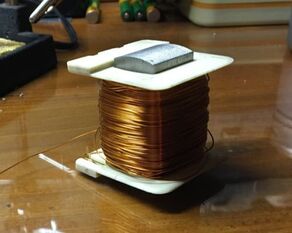
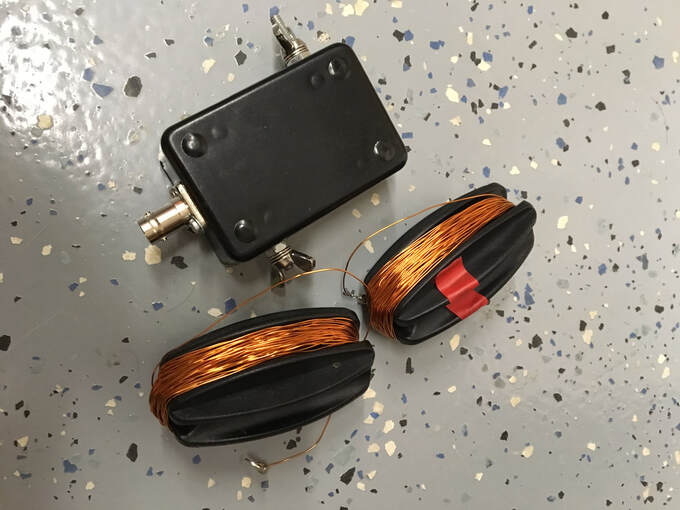

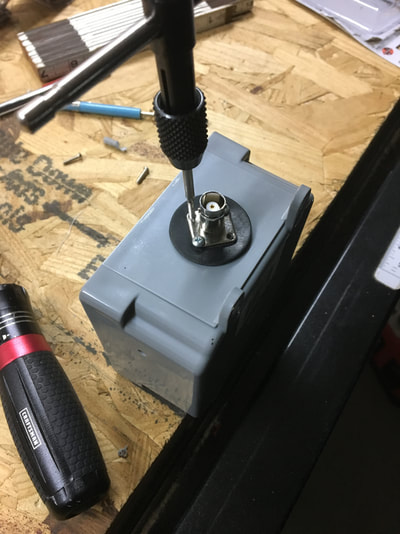
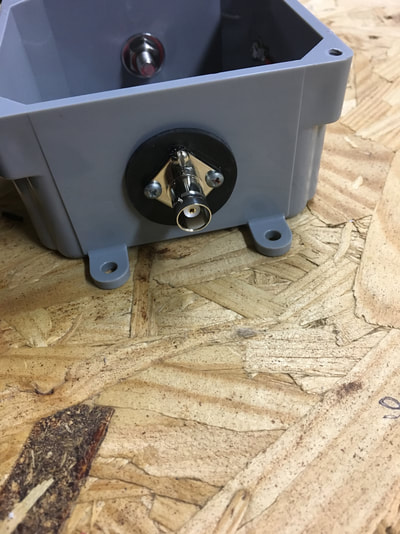
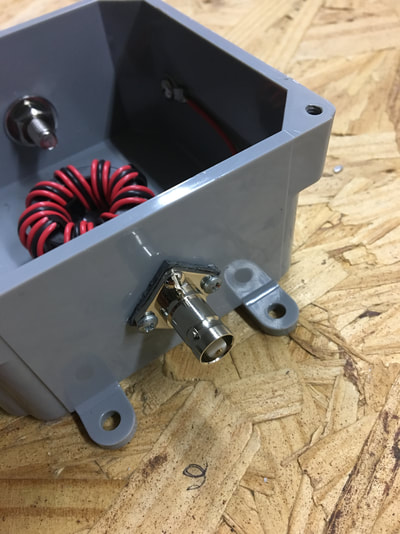

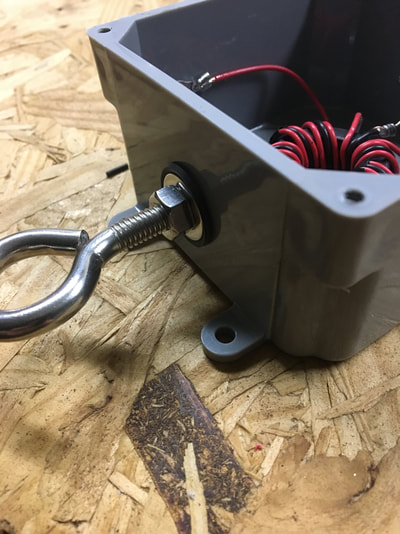
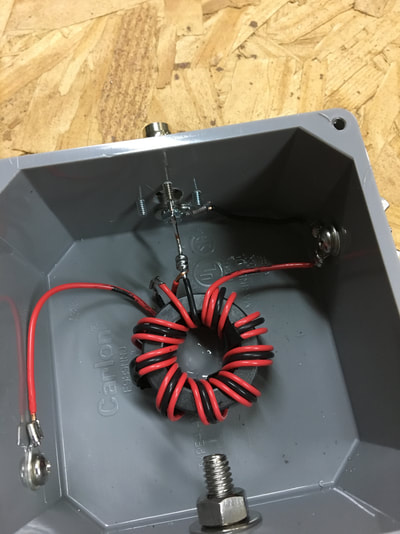
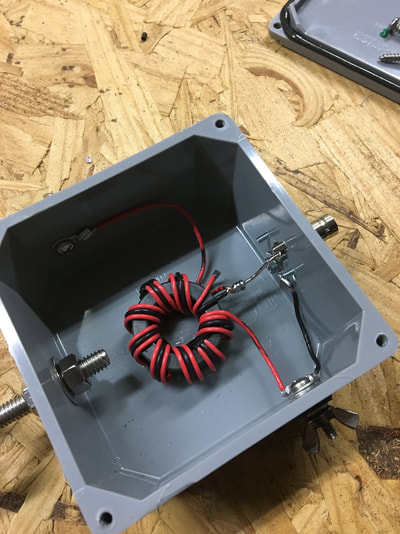
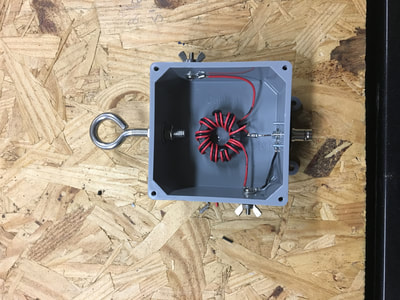
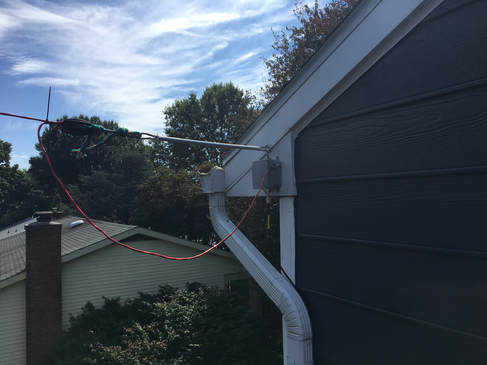
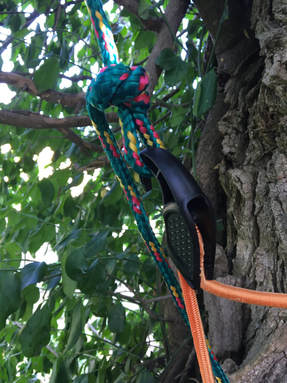
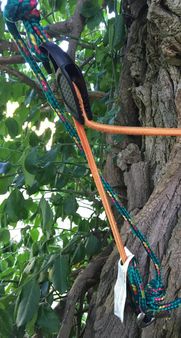
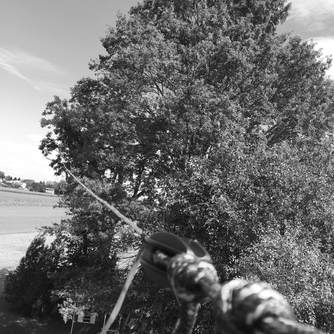
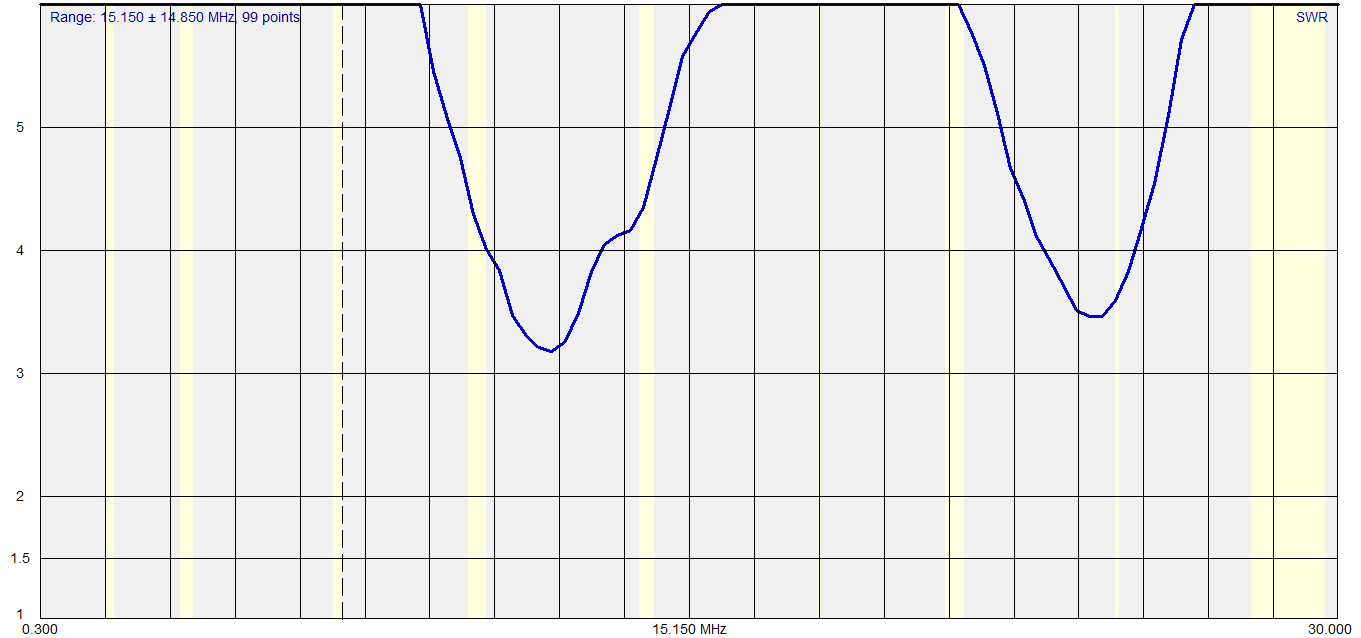
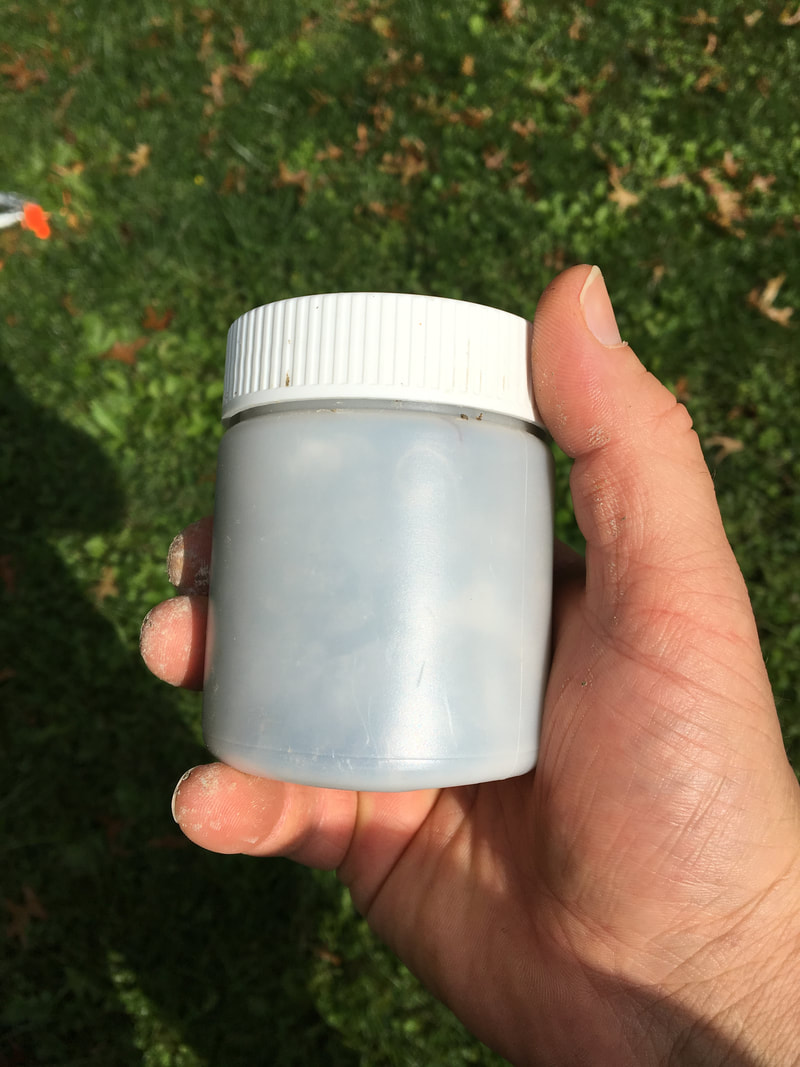
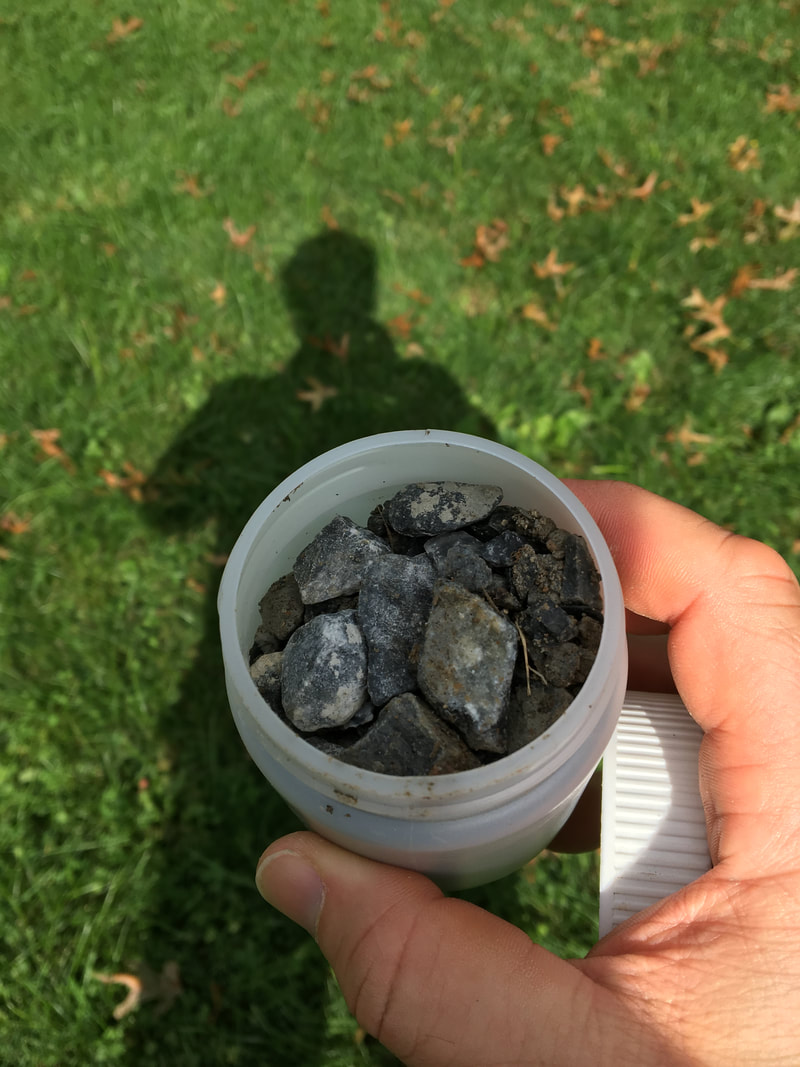
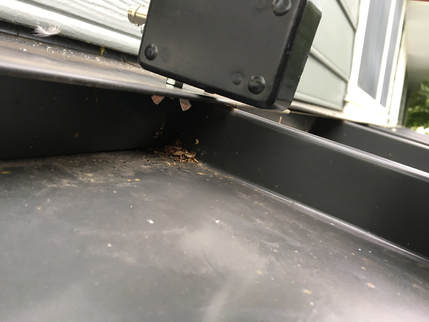
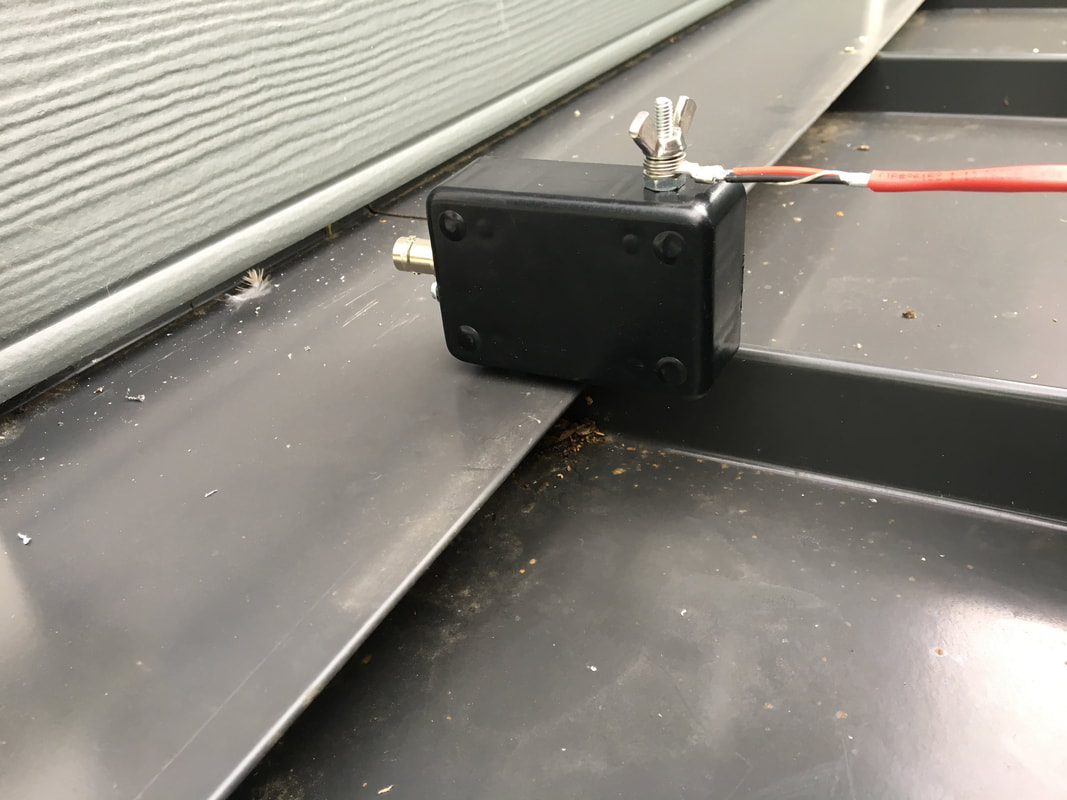
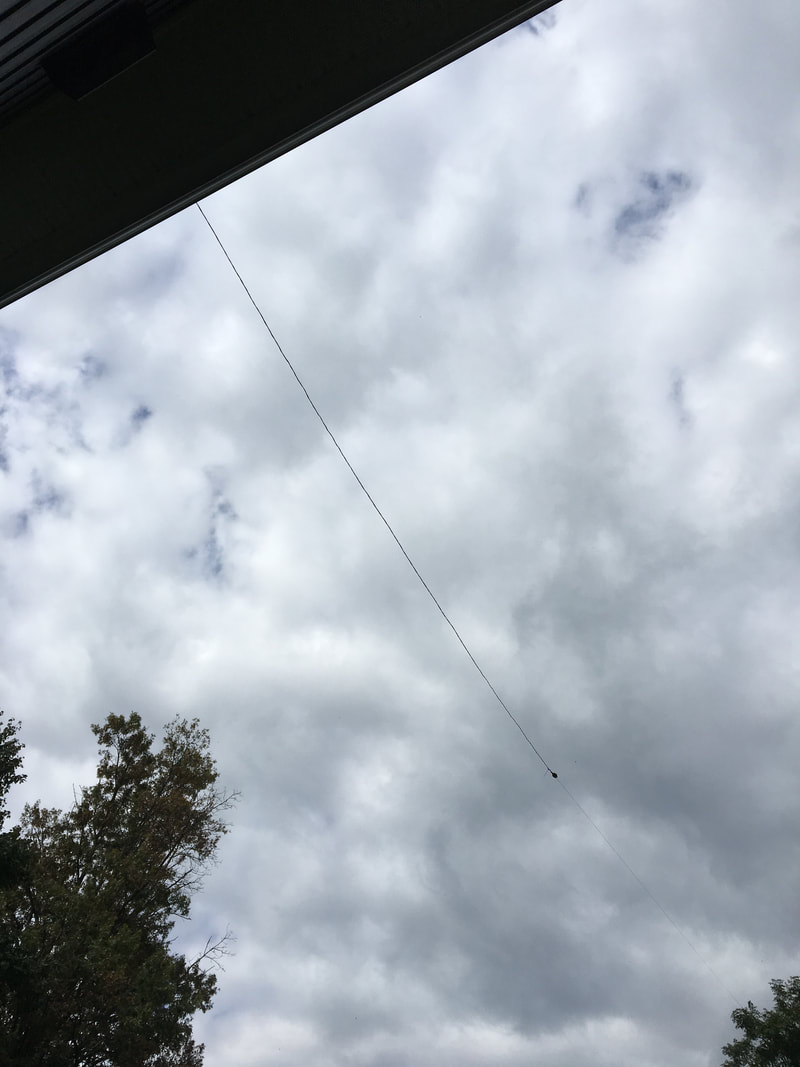
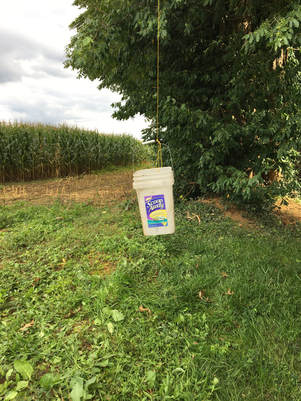
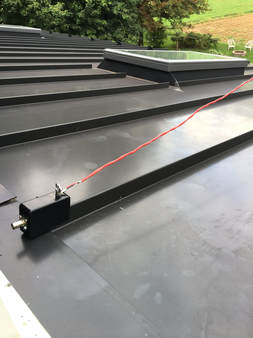
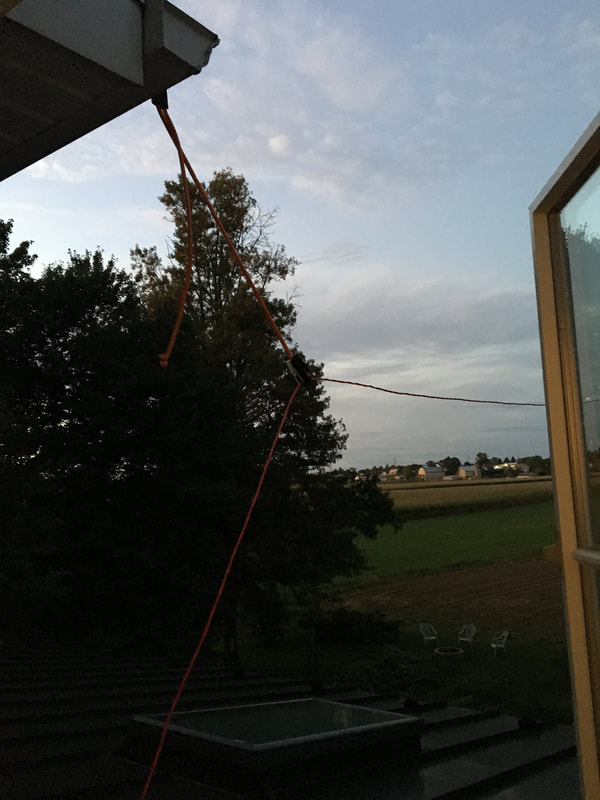
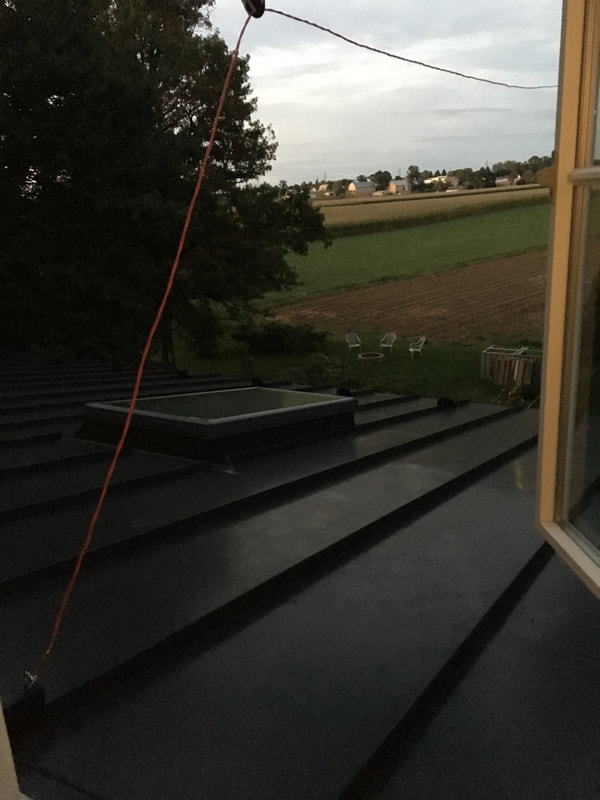
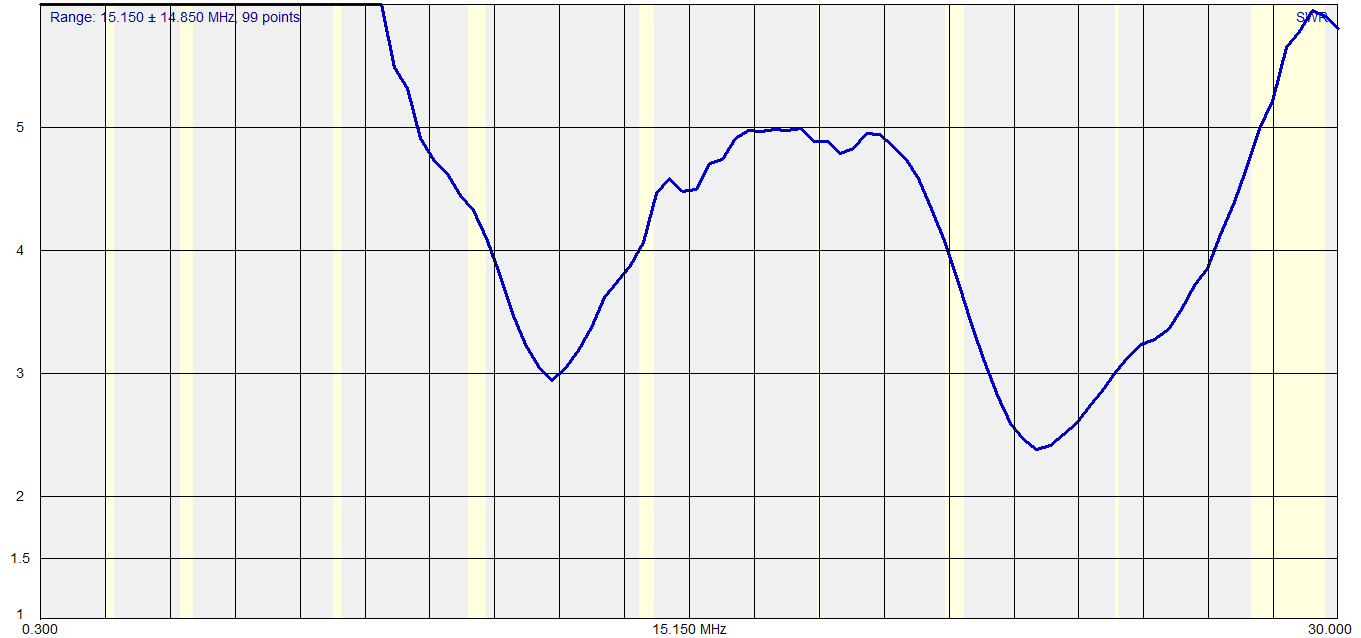

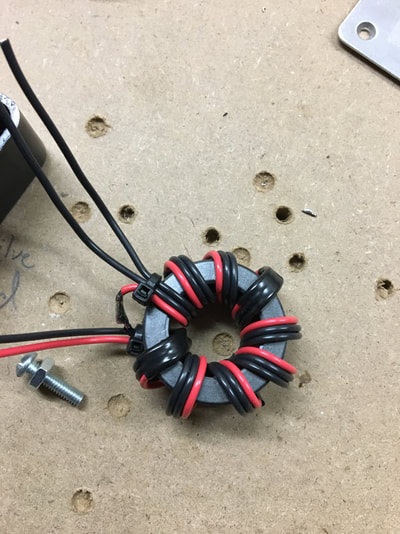
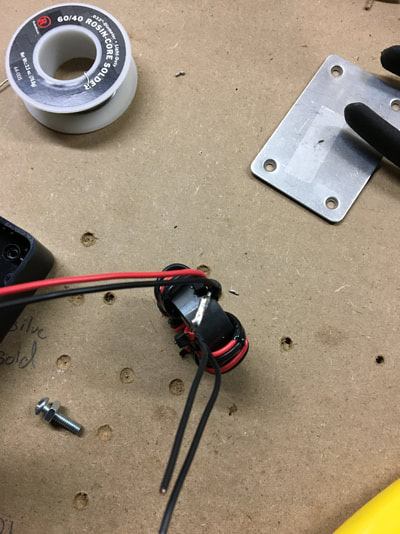
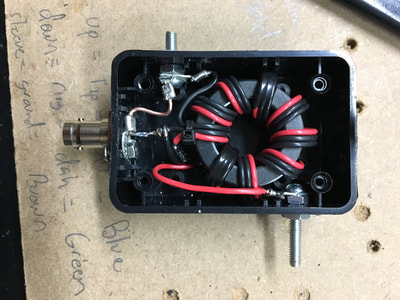
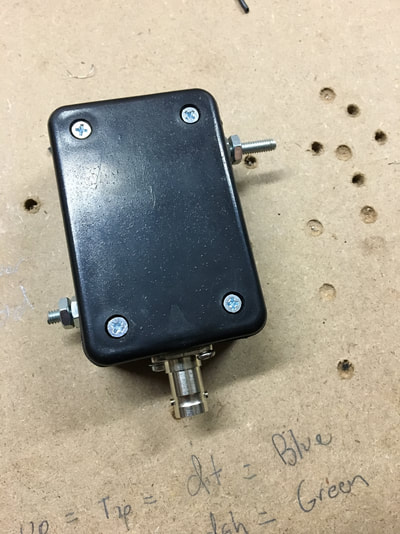
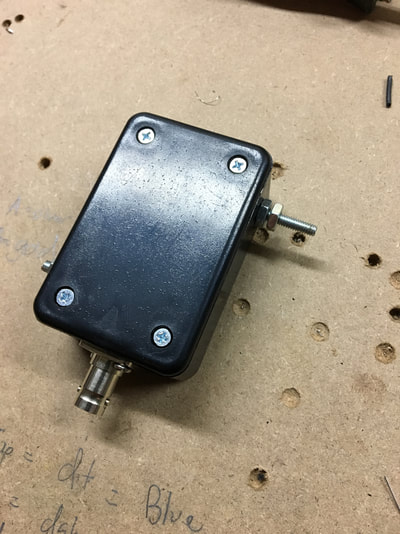
 RSS Feed
RSS Feed
